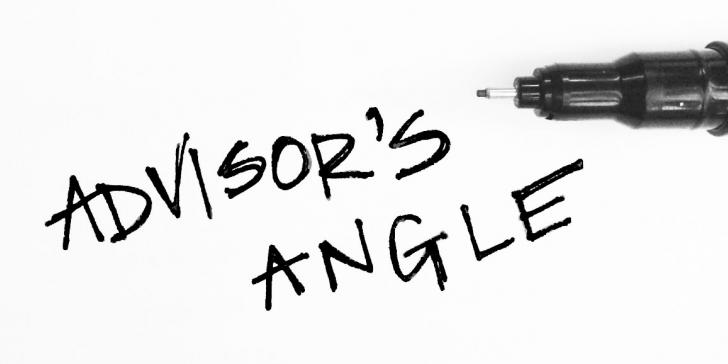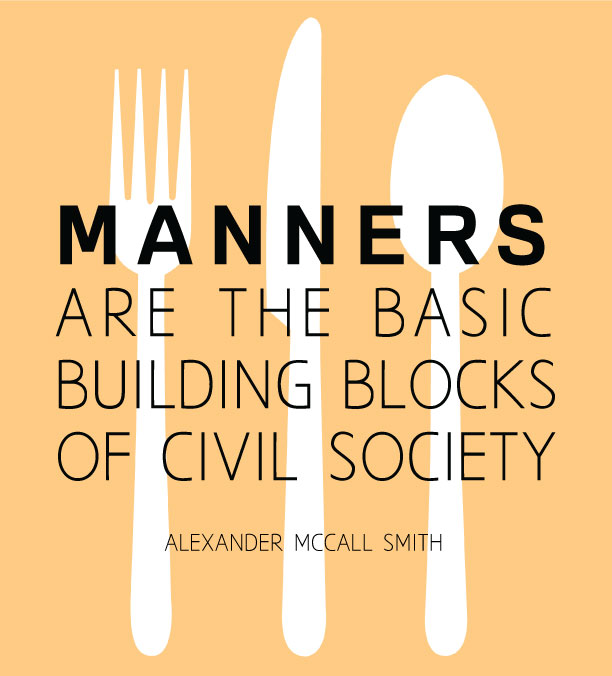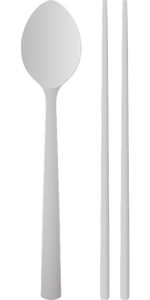Advisor's Angle: Dining Across Cultures


Test your knowledge of table manners in other countries by answering True or False to each statement below:
- It is not acceptable to burp during meals anywhere in the world.
- It is acceptable to talk with a mouth full of food in the USA.
- It is acceptable to tip a waiter or waitress in South Korea.
- The "Continental" method of eating with a fork and knife is popular in Europe.
- In some countries it is only acceptable to eat with the left hand.

- False. In China it is complimentary to the cook if the diners burp while eating.
- False. It is rude to talk with a mouth full of food in the USA and most other countries.
- False. A waiter or waitress will not accept tips because they are considered demeaning.
- True. Continental eating is performed when the fork is held in the left hand and the knife is held in the right hand for the duration of the meal.
- False. In some countries it is only acceptable to eat with the right hand since the left hand is used for hygiene purposes.
How did you do? This little quiz is to point out that what is considered acceptable in one culture may be considered rude in another. Let’s take a closer look at some of the differences and similarities involving dining across cultures:
Table Manners
There are some standard "bad table manners" that stay true across cultures including talking with the mouth full or chewing with the mouth open, blowing a nose at the table, and eating with elbows on the table.
What do you say before you begin eating a meal? A prayer or blessing? Nothing? In some cultures a simple phrase such as ‘Enjoy your meal!" is said before everyone digs in. In other cultures, everyone has to wait until the eldest person at the table begins to eat before starting with their own meals.
Keep in mind that in some cultures one must pass and accept food or drinks with both hands and in others, one can only use the right hand to pass, eat, and accept food or drink.
Since there are so many different ideas about proper table manners across the globe, please don’t be offended or assume that someone is being rude when witnessing an out-of-your-norm dining behavior.
The best way to learn about the differences is to have a conversation about what table manners are acceptable in each other’s home countries. Feel free to laugh along the way to understanding!
 Utensils
Utensils
Chopsticks, various types of spoons, forks, knives, and hands are tools used every day around the world to deliver food to the mouth. Some people do not use a fork on a daily basis. Some people do not use chopsticks on a daily basis. Therefore, when people live in different cultures, they may have to learn how to use different utensils, a change that may take time.
 Good Ideas for Students
Good Ideas for Students
If there is some especially tasty food on the table please ensure everyone has had some before taking a second helping. Always compliment and thank the host for the food provided and ask to be excused from the table before standing up to leave.
Try to have an open mind and be willing to taste new foods! It is considered rude to smell or finger food and not eat it. Ask for foods to be passed to you if they are not within reach rather than reaching across someone or the table to get it. Be sure to say "please" as well: “Please pass the pickles” or “May I have the carrots please?”
Questions or comments? Post below or email [email protected].